The FUSION’s exclusive design features a completely redefined, minimalistic frame system by providing the appearance of “floating” glass door panels within the architectural finishes.
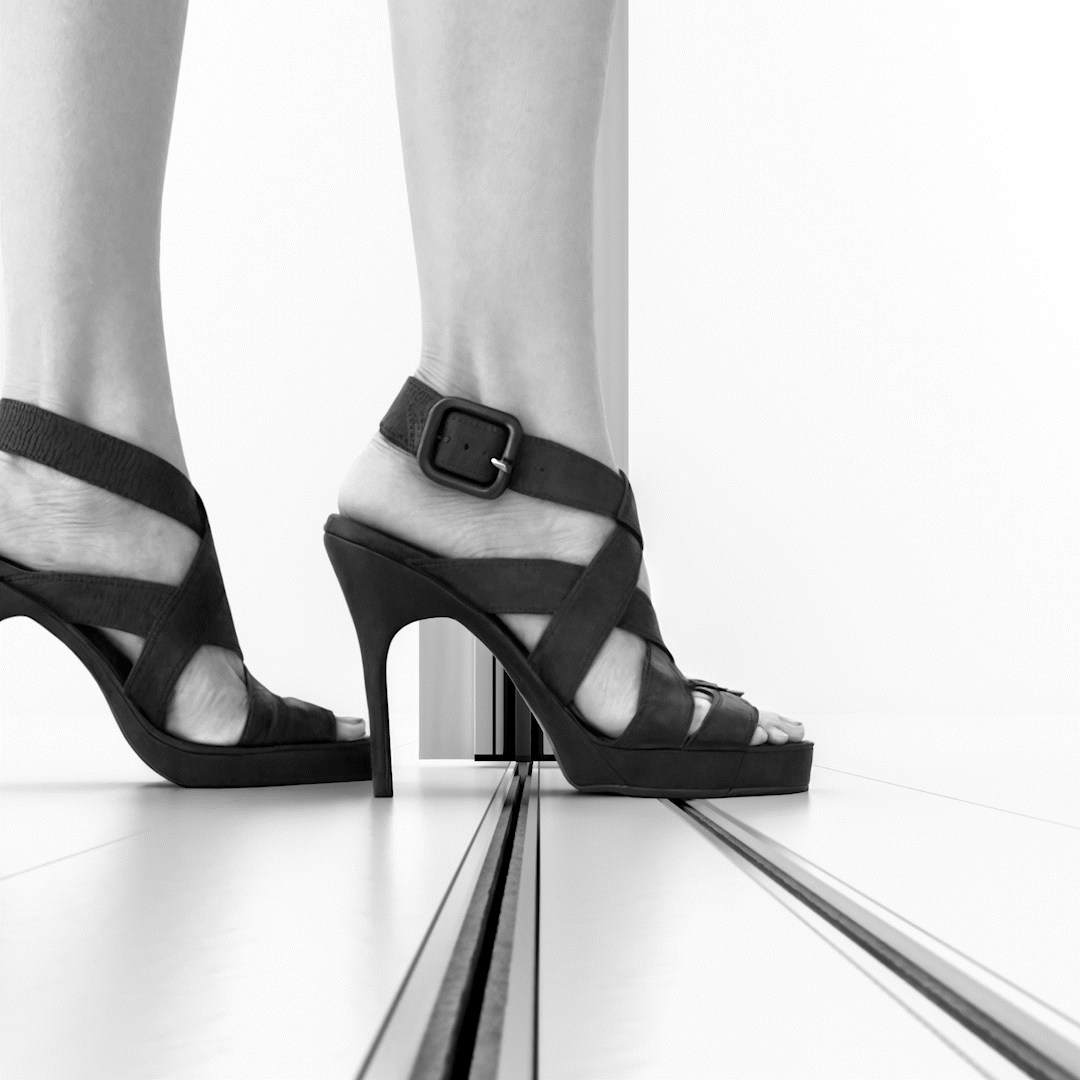
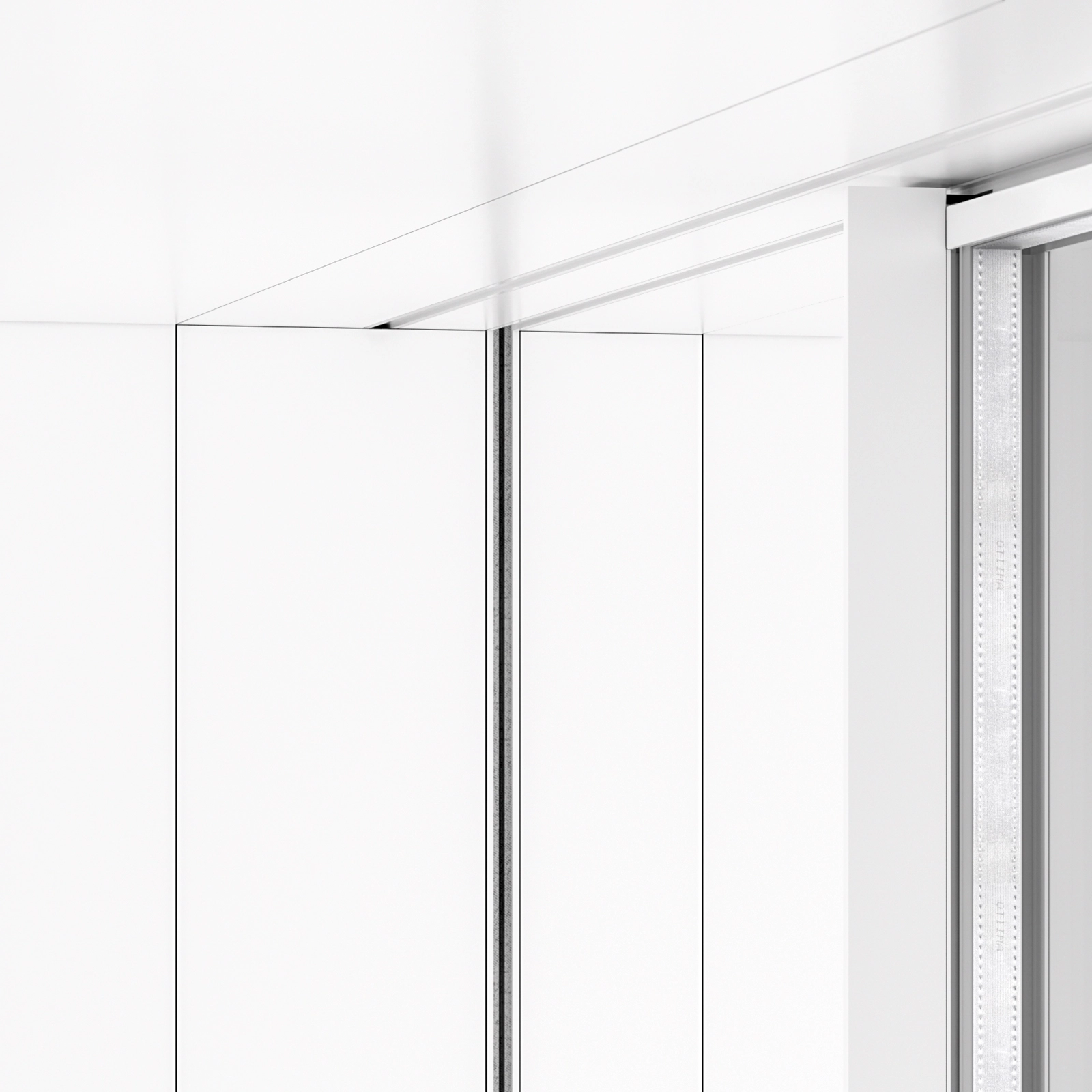
This system provides superior thermal and structural performance. Fusion incorporates a gutter capable of draining a large amount of rainwater, even in extreme situations. It has achieved exceptional results in leakage tests, with an e165O class rating (7 classes above Class 9A) according to EN 12208 + ISO 127.
The FUSION system supports 38mm insulated glass and 54mm, accommodating triple glazing for higher thermal performance.
Uw Ug = 1.0 (38mm)
Uw Ug = 0.5 (54mm)
Up To
Uw 1.63 W / m2 K (38mm)
Uw 1.29 W / m2 K (54mm)
ISO EN 12208 + ISO EN 1027
E1650
(7 Clases superior a 9A) 1
ISO EN 12207 + ISO EN 1026
Class 4
(600 Pa or 110 Km/h) 1
ISO EN 12210 + ISO EN 12211
Class C5
(2000 Pa or 200 Km/h) 1
ISO EN 12600 + ISO EN 1630
Class 5
Rw: 42 db (up to)
ISO EN 1628 + ISO EN 1629 + ISO EN 1630
RC2: (WK2)
2
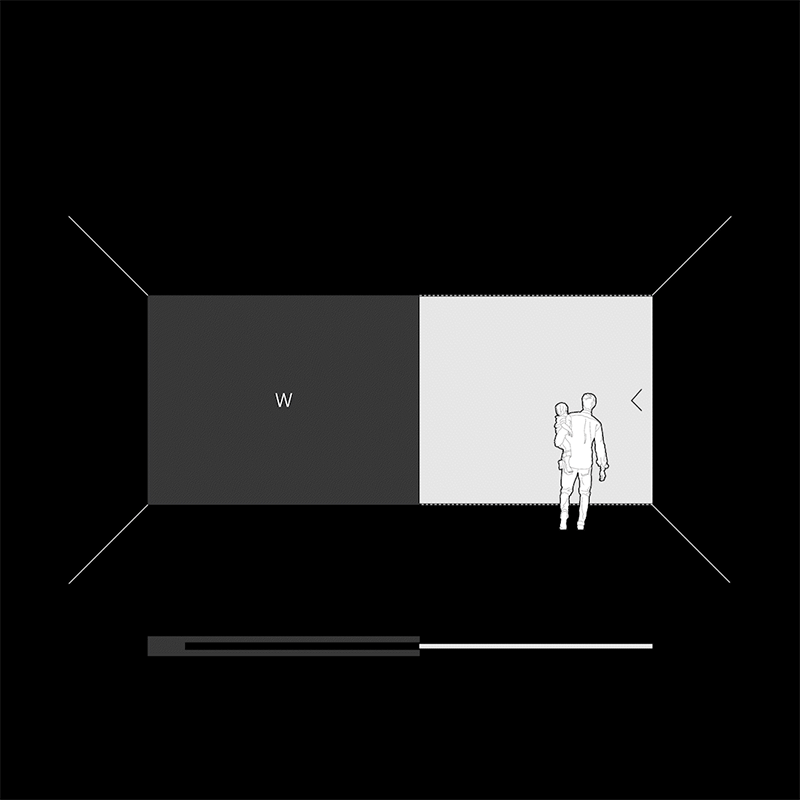
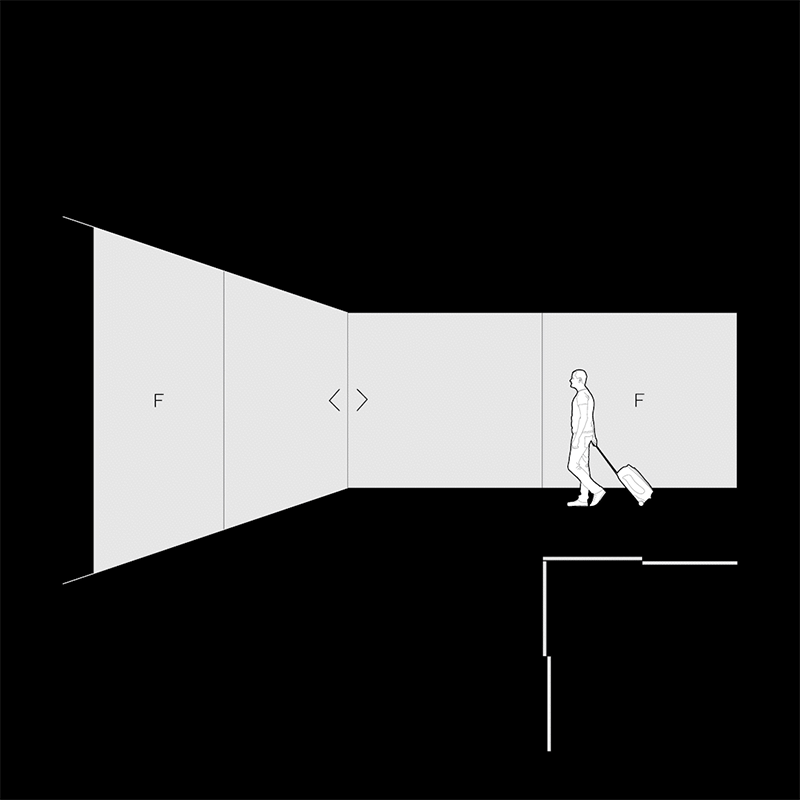
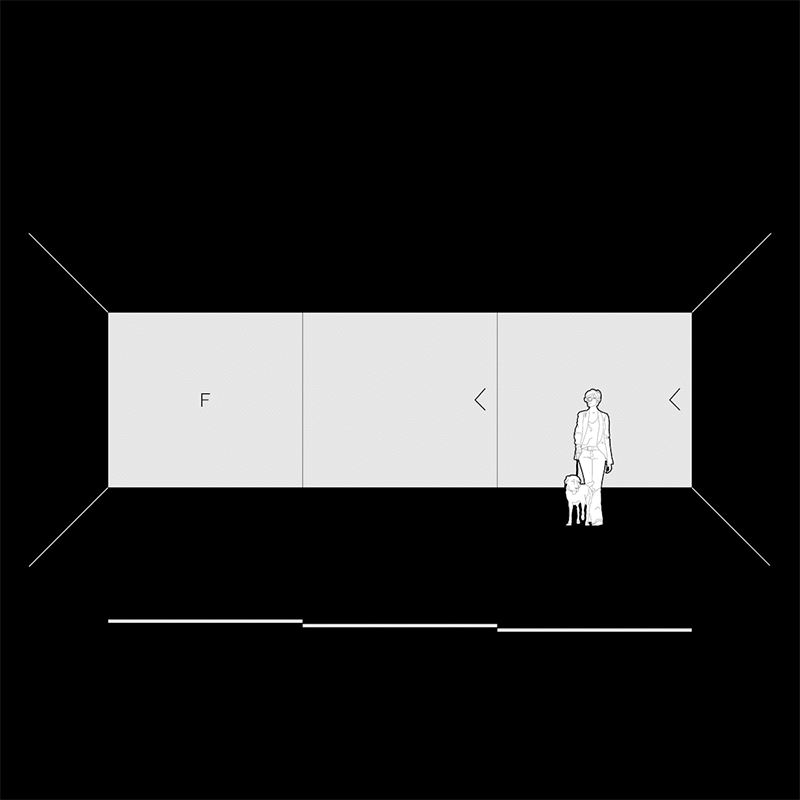
1 Fusion 38 (Option III) – 3020 x 2950 mm
2 Value reached with hidden lock on Option II and III.
Compare products easily by analyzing features and specifications side by side to find the best option for your needs.
Uw Ug = 1,0 (38mm)
Uw Ug = 0.5 (54mm)
ISO EN 12208 + ISO EN 1027
(4 classes above 9A) 1
ISO EN 12207 + ISO EN 1026
(600 Pa or 119 Km/h) 1 2
ISO EN 12210 + ISO EN 12211
(in 6 possible classes) 2
ISO EN 12600 + ISO EN 1630
(2000 Pa or 200 Km/h)
ISO EN 10140 + ISO EN 717
ISO EN 1628 + ISO EN 1629 + ISO EN 1630
3
Uw Ug = 1,0 (38mm)
Uw Ug = 0.5 (54mm)
Uw Ug = 0.47 (62mm)
ISO EN 12208 + ISO EN 1027
(7 classes above 9A) 1
ISO EN 12207 + ISO en 1026
(600 Pa or 110 Km/h) 1
ISO EN 12210 + ISO EN 12211
(2000 Pa or 200 Km/h) 1
ISO EN 12600 + ISO EN 1630
1C1 | 2B2 | 1B1 2 (62mm)
ISO EN 10140 + ISO EN 717
Rw: 44 db (up to) (62mm)
ISO EN 1628 + ISO EN 1629 + ISO EN 1630
3
Uw Ug = 1.0 (38mm)
Uw Ug = 0.5 (54mm)
ISO EN 12208 + ISO EN 1027
(7 Clases superior a 9A) 1
ISO EN 12207 + ISO EN 1026
(600 Pa or 110 Km/h) 1
ISO EN 12210 + ISO EN 12211
(2000 Pa or 200 Km/h) 1
ISO EN 12600 + ISO EN 1630
ISO EN 10140 + ISO EN 717
ISO EN 1628 + ISO EN 1629 + ISO EN 1630
2
Uw Ug = 0.7 (38mm)
Uw Ug = 0.7 (54mm)
ISO EN 12208 + ISO EN 1027
(450 Pa or 95 km/h)
ISO EN 12207 + ISO en 1026
(600 Pa or 110 Km/h)
ISO EN 12210 + ISO EN 12211
(2000 Pa or 200 Km/h)
ISO EN 12600 + ISO EN 1630
(in 6 possible classes)
ISO EN 10140 + ISO EN 717
RC2: (WK2) 2